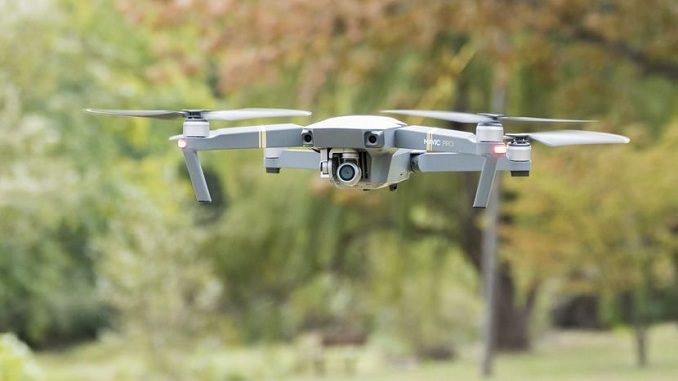
The Trump administration on Monday proposed rules that would allow drones to operate over populated areas and end a requirement for special permits for night use, long-awaited actions that are expected to help speed commercial use of small unmanned aerial vehicles in the United States, Reuters informed.
The proposals, drafted by the Federal Aviation Administration of the U.S. Transportation Department, come amid concerns about dangers that drones potentially pose to aircraft and populated areas.
U.S. Transportation Secretary Elaine Chao said the department was aware of drone safety issues. “The department is keenly aware that there are legitimate public concerns about drones, concerning safety, security and privacy,” Chao said during a speech in Washington.
Alphabet Inc and Amazon.com Inc are among a growing number of companies hoping to make package delivery by drones a reality. The FAA said that while developing the proposals, its challenge was to “balance the need to mitigate the risk small unmanned aircraft pose to other aircraft and to people and property on the ground without inhibiting innovation.”
The FAA chief noted there are nearly 1.3 million registered drones in this country and more than 116,000 registered drone operators.
The FAA is proposing ending requirements that drone operators get waivers to operate at night. Through 2017, the FAA granted 1,233 waivers and “has not received any reports of (drone) accidents,” it said.
Rules would require that drones have “an anti-collision light illuminated and visible for at least three statute miles,” as well as testing and training, Reuters adds.
Under the FAA’s proposals, operators would be able to fly small unmanned aircraft weighing 0.55 pounds (0.25 kg) or less over populated areas without any additional restrictions. For drones weighing more than 0.55 pounds, however, a manufacturer would need to demonstrate that if an “unmanned aircraft crashed into a person, the resulting injury would be below a certain severity threshold.”
Those larger drones could not have exposed rotating parts that could lacerate human skin and could not operate over people if they have any safety defects, the FAA said. The organization would also prohibit operations of the largest drones over any open-air assembly of people, Reuters noted.
In 2017, President Donald Trump launched a program to expand testing of drones in what the White House said would “open the skies for delivery of life-saving medicines and commercial packages (and) inspections of critical infrastructure.”

Be the first to comment